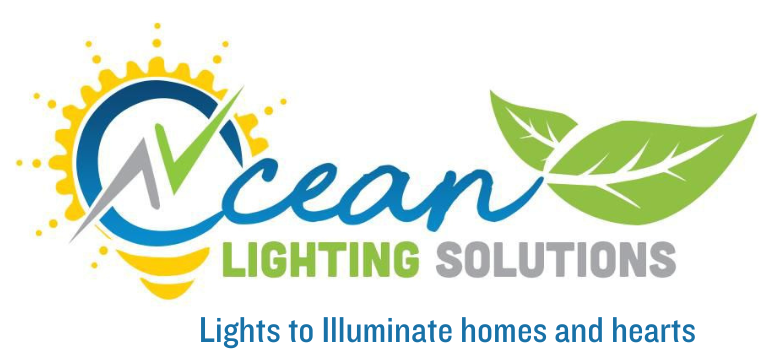
In the ever-evolving world of lighting technology, LED (Light Emitting Diode) lighting has emerged as a game-changer. With its energy efficiency, longevity, and versatility, LED lighting has transformed the way we illuminate our surroundings. In this blog post, we’ll delve into the world of LED lighting, exploring its benefits, applications, and the impact it has on our lives.
1. Understanding LED Lighting
LED lighting utilizes semiconductors to emit light when an electric current passes through them. Unlike traditional incandescent or fluorescent bulbs, LEDs don’t rely on heat to produce light, making them much more energy-efficient and longer-lasting.
2. Energy Efficiency
LEDs are known for their exceptional energy efficiency. They consume significantly less power compared to incandescent or fluorescent lights, making them an ideal choice for both residential and commercial spaces. This efficiency not only reduces energy bills but also contributes to a greener and more sustainable environment.
3. Longevity
One of the most remarkable features of LED lighting is its longevity. LEDs have an incredibly long lifespan, often lasting tens of thousands of hours. This extended lifespan not only reduces the need for frequent replacements but also decreases the overall environmental impact of lighting waste.
4. Versatility in Design
LEDs come in various sizes and shapes, making them highly adaptable to different lighting designs. They can be incorporated into sleek fixtures, recessed lighting, strip lights, and even smart lighting systems. This versatility allows for creative and customized lighting solutions that enhance the aesthetics of any space.
5. Applications of LED Lighting
• Residential Lighting: LEDs are commonly used for interior and exterior residential lighting. From ambient lighting to task lighting, their adjustable brightness and color options cater to various needs and moods.
• Commercial Lighting: LED lighting is widely adopted in commercial spaces such as offices, retail stores, and warehouses. Their directional light output and focused illumination make them ideal for highlighting specific areas.
• Outdoor Lighting: LEDs are robust and weather-resistant, making them perfect for outdoor applications. They illuminate pathways, gardens, facades, and even streetlights, improving visibility and safety.
• Automotive Lighting: LED headlights and taillights have become standard in many modern vehicles due to their efficiency, durability, and improved visibility.
6. Environmental Impact
The reduced energy consumption and longer lifespan of LEDs contribute to a lower carbon footprint. Additionally, LEDs do not contain hazardous materials like mercury, which is commonly found in fluorescent lighting, making them safer for both humans and the environment.
7. Future Trends
The LED lighting industry continues to evolve with advancements in smart lighting technology, allowing users to control brightness and color remotely through smartphones and voice assistants. Integration with home automation systems is becoming increasingly common, providing seamless and personalized lighting experiences.
In conclusion, LED lighting has revolutionized the way we illuminate our world. Its energy efficiency, longevity, versatility, and positive impact on the environment make it a clear choice for modern lighting solutions. Whether you’re enhancing the ambiance of your home or optimizing the efficiency of a commercial space, LED lighting offers a bright and sustainable future.
So, next time you flip that light switch, remember the remarkable journey of light through the tiny but mighty LED. Embrace the brilliance and efficiency that LED lighting brings to our lives.
